What is a Wireless Sensor Network?
Wireless Sensor Networks are also known as a WSN. Wireless Sensor Networks are a network of autonomous wireless sensors spread over a certain area or space. They collect, monitor, and record the physical or environmental conditions. Such as pressure, sound, vibration, and temperature and send this data throughout the network to a main location.
Are there different types of Wireless Sensor Networks? What are these?
Yes, there are three main different types of wireless sensor networks.
- Mesh networks
Mesh networks are composed of nodes that are connected to each other in a mesh topology. Therefore, allowing data to be routed from one node to another.
- Star networks
Star networks are composed of a central node that is connected to multiple other nodes. Therefore, allowing data to be routed from the central node to other nodes.
- Hybrid networks
Hybrid networks are a combination of mesh and star networks. Data routed. One node to another.
Our Wireless Sensor Network System is manufactured by Microstrain by HBK. They use a wireless network based on the IEEE 802.15.14 standard. Firstly, IEEE 802.15.14 is a wireless communication standard. It defines the physical layer and medium access control layer for low rate personal area networks (LR-WPANs). Therefore, it designed to provide low cost, power and data rate wireless communication. Ideal for applications such as home automation, medical monitoring and industrial sensing.
Advantages of a WSN
The advantages of WSN include
- Scalable increase sensor nodes as your data requirements increase
- Cost efficient
- More flexible
- Greater mobility
- Easier to install and maintain
- More secure and less vulnerable to physical tampering
- More energy efficient as require less power to operate or run off battery.
WSN Applications
- Structural Health Monitoring
- Equipment Performance Monitoring, Verification, Evaluation and Diagnostics
- Test & Measurement
- System Control and Environmental Monitoring
- Amusement Ride Testing
Microstrain by HBK WSN allow simultaneous, high speed sensing and data acquisition from multiple strain gauges, accelerometers, temperature and millivolt inputs for a variety of applications and industries.
Click on the Wireless Nodes, Gateways or Software Images for more information or contact us.
Microstrain by HBK WSN comprises of this structure:
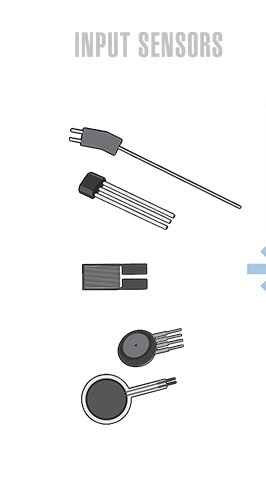 | 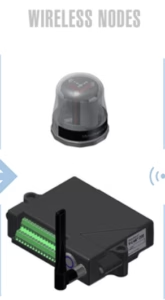 | 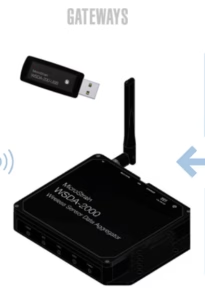 |  |
Input Sensors | Software | ||
Microstrain technology is used to convert wired sensors into Wireless networks with adaptable input nodes, including for all-in-one functionality | Microstrain by HBK’s wireless nodes are great addition to remote and embedded monitoring systems. This is because they remove the need for wiring installation and maintenance. Compatible with many sensors allowing businesses to configure their preferred network quickly and efficiently | Microstrain by HBK’s WSDA wireless gateways oversee, operate and schedule time aligned sampling of hundreds of nodes for each gateway. Many end systems are compatible – including local computers. | MicroStrain by HBK offer a variety of software options for wireless sensor networks. Options include SensorConnect, MIP Monitor, Node Commander and SensorCloud. |
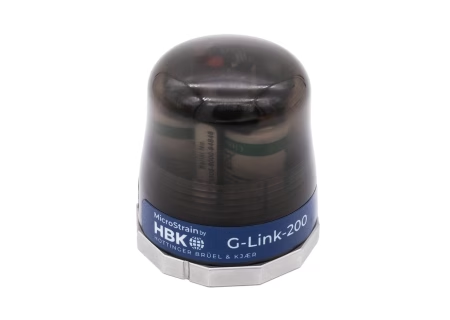
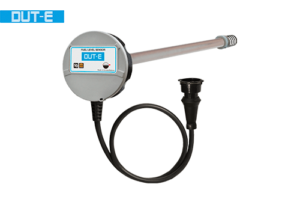
Reviews
There are no reviews yet.